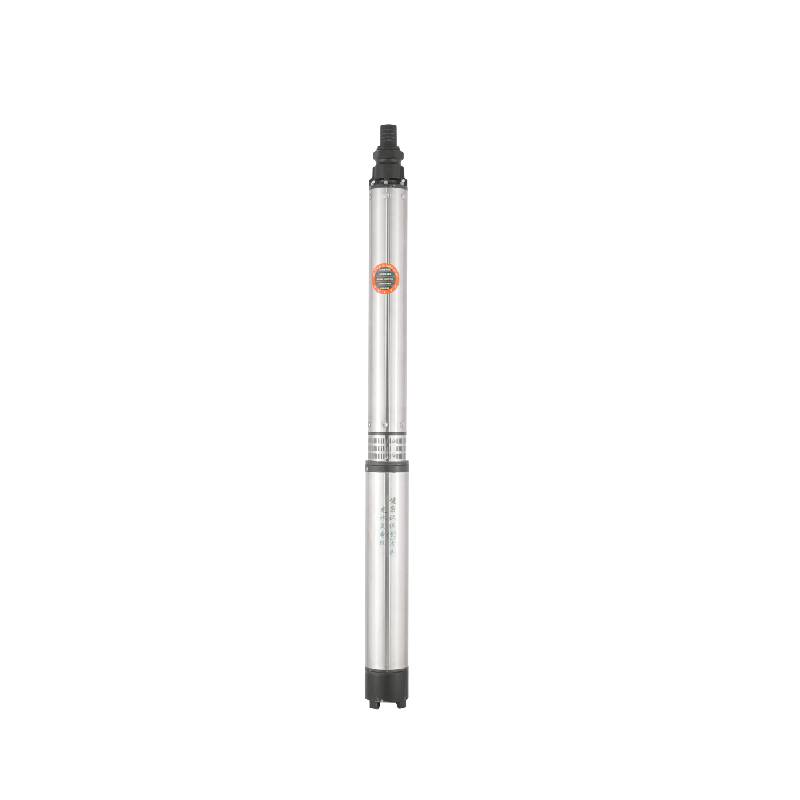ធ្នូ . 21, 2024 17:25 Back to list
submersible effluent pump
Understanding Submersible Effluent Pumps A Comprehensive Guide
Submersible effluent pumps are essential components in various water management systems, serving a critical role in the efficient handling of wastewater and other fluids. They are particularly valuable in applications such as residential sewage systems, wastewater treatment facilities, and industrial processes, ensuring that effluent and other liquids are effectively transported away from their source.
What is a Submersible Effluent Pump?
A submersible pump is designed to function while submerged in the fluid it is pumping. Unlike standard pumps that need to be positioned above the liquid level, submersible pumps are placed directly into the effluent, which minimizes the risk of flooding and enhances the overall efficiency of fluid transfer. The design typically includes a hermetically sealed motor that prevents water from entering and damaging the internal components.
Effluent pumps specifically handle wastewater that is not classified as raw sewage, meaning they are intended to manage liquid waste that has already undergone some level of treatment. This makes them ideal for transporting water from residential and commercial applications where gray water, sewage effluent, or other waste fluids need to be moved to a treatment facility or another disposal location.
Key Features of Submersible Effluent Pumps
1. Durability Submersible effluent pumps are designed to withstand harsh conditions, including corrosive materials and debris-laden fluids. Many models are constructed from high-grade materials such as stainless steel and thermoplastic to prevent rust and corrosion.
2. Efficiency These pumps are engineered to provide optimal performance while consuming minimal energy. Their submerged nature reduces the likelihood of cavitation, which can damage pump components and decrease efficiency.
3. Self-Priming Capability Submersible pumps are inherently self-priming, which eliminates the need for complicated installation processes involving priming pipes or other setup components.
4. Versatility Submersible effluent pumps can deal with various fluids, making them suitable for a broad range of applications. This versatility makes them valuable in both residential and industrial settings.
submersible effluent pump

5. Automatic Operation Many submersible effluent pumps come equipped with float switches or automatic controls, allowing them to turn on and off based on the fluid level. This feature ensures that the pump operates only when necessary, reducing energy consumption and extending its lifespan.
Applications of Submersible Effluent Pumps
Submersible effluent pumps are versatile in terms of application, including
- Residential sewage systems In homes with basements or lower floors, these pumps are crucial for moving wastewater to the primary sewer line or septic system. - Stormwater management In areas prone to flooding, they can be employed to remove excess stormwater from basements and other low-lying areas. - Water treatment facilities These pumps play a vital role in transferring treated effluent to discharge points or further processing areas.
- Industrial applications Facilities that generate large volumes of liquid waste often utilize submersible effluent pumps to manage and transport these fluids efficiently.
Maintenance and Care
Proper maintenance is essential for the longevity and performance of submersible effluent pumps. Regular inspections should include checking for wear and tear on seals and impellers, ensuring that the pump is free of debris, and monitoring electrical connections for any signs of damage. Additionally, it’s crucial to periodically test the float switches and automatic controls to guarantee they function correctly.
Conclusion
Submersible effluent pumps are an invaluable asset in the management of fluid waste across various applications. Their efficiency, durability, and versatility make them an essential choice for both residential homeowners and industrial operators. Understanding their functionality and proper maintenance ensures that these pumps continue to perform effectively, contributing to efficient wastewater management and environmental protection. Investing in a quality submersible effluent pump can facilitate smoother operations and prevent costly issues associated with improper fluid handling.
-
submersible-sump-pump-auto-drainage-for-crawlspaces
NewsAug.22,2025
-
solar-powered-stainless-steel-submersible-well-pump-setup
NewsAug.22,2025
-
stainless-steel-well-pump-flow-rate-optimization
NewsAug.22,2025
-
water-filled-submersible-pump-fish-farm-oxygenation
NewsAug.22,2025
-
submersible-pump-in-aquaculture-and-fish-farming
NewsAug.22,2025
-
deep-well-submersible-pump-for-drought-areas
NewsAug.22,2025
-
 submersible-sump-pump-auto-drainage-for-crawlspacesCrawlspaces, those narrow areas beneath homes, are prone to water accumulation due to leaks, groundwDetail
submersible-sump-pump-auto-drainage-for-crawlspacesCrawlspaces, those narrow areas beneath homes, are prone to water accumulation due to leaks, groundwDetail -
 solar-powered-stainless-steel-submersible-well-pump-setupHarnessing solar energy to power stainless steel submersible well pumps is a sustainable and coDetail
solar-powered-stainless-steel-submersible-well-pump-setupHarnessing solar energy to power stainless steel submersible well pumps is a sustainable and coDetail -
 stainless-steel-well-pump-flow-rate-optimizationIn various applications like agriculture, domestic water supply, and industrial use, the flow rate oDetail
stainless-steel-well-pump-flow-rate-optimizationIn various applications like agriculture, domestic water supply, and industrial use, the flow rate oDetail
